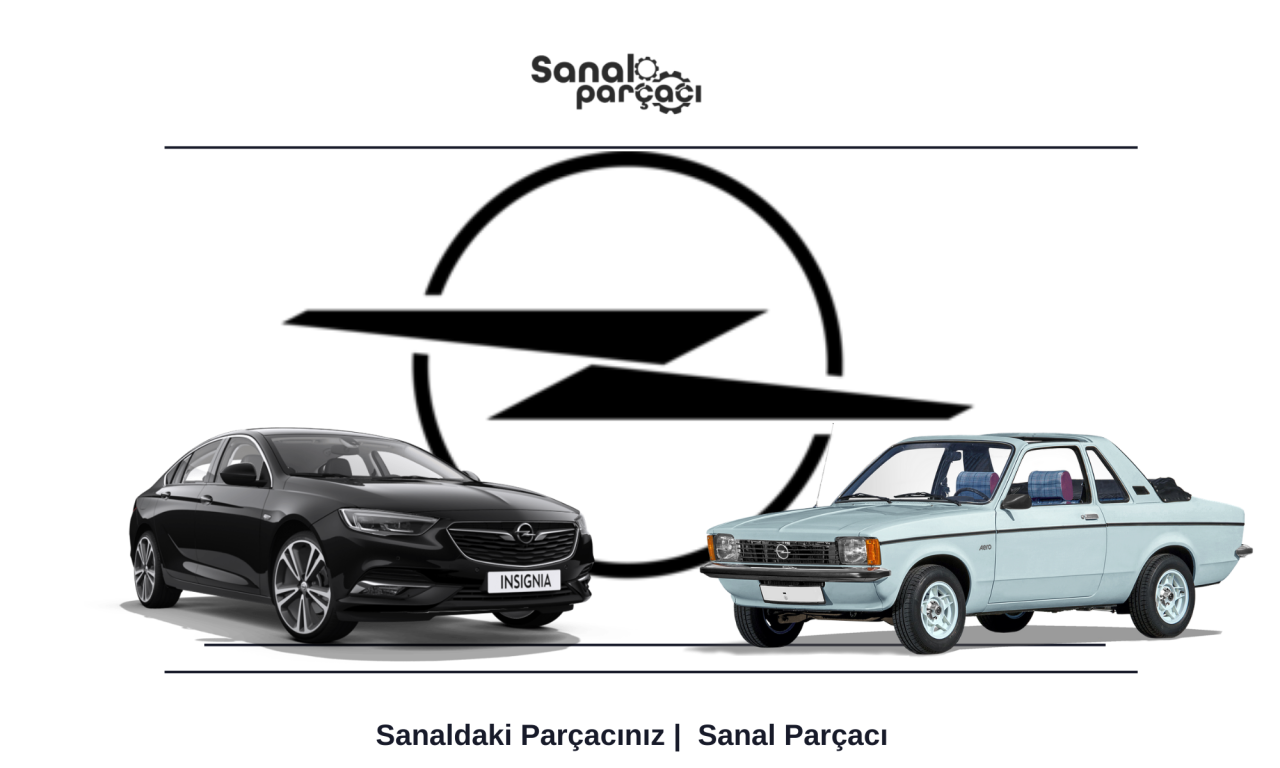History of Opel | The Story of a Long-established Automotive Brand
28-11-2024
11:18

Opel is one of the most established and well-known automobile brands in Europe. Founded in 1862 by Adam Opel in Rüsselsheim, Germany, the company has grown into an automotive giant known all over the world. Opel's history includes a history that is not limited to automobile production, but also pioneering innovations in industry and technology.
Establishment and Early Years: 1862-1899
Adam Opel founded the company in 1862 as a sewing machine manufacturer. At that time, sewing machines were a popular product group used frequently in homes, and Opel's production attracted great attention. By 1886, the company also began producing bicycles and grew rapidly, becoming one of the largest bicycle manufacturers in Germany.
Transition to Automobile Production: 1899
When Adam Opel died in 1895, the company was still producing sewing machines and bicycles. However, the Opel family became interested in the rapidly developing automotive sector. In 1899, Opel collaborated with Lutzmann, one of the first automobile manufacturers in Germany, to produce its first automobile. As a result of this collaboration, Opel's first automobile, the Opel Patent-Motorwagen System Lutzmann, was launched. However, this vehicle did not achieve the expected commercial success.
Growth and Innovations: 1900-1920
In 1901, Opel partnered with the French carmaker Darracq to produce more modern and competitive vehicles. During this period, the company grew rapidly, becoming one of the largest car manufacturers in Germany.
In 1911, the Opel factory was badly damaged by a fire, but this disaster led to the company being restructured with more modern facilities. In the same year, Opel decided to stop sewing machine production and focused entirely on the automotive sector.
Partnership with General Motors (GM) : 1929
In the late 1920s, when the world was experiencing a global economic depression, Opel formed a partnership with General Motors (GM). In 1929, GM acquired 80% of Opel's shares, becoming the majority owner of the brand. In 1931, this ratio increased to 100% and Opel was fully incorporated into GM. This partnership played an important role in Opel becoming a global brand.
In the 1930s, Opel became Germany's best-selling automobile brand. The Opel P4 model in particular was a great success due to its affordability and durability.
World War II and After: 1939-1950
During World War II, Opel focused on the production of military vehicles and equipment in response to the demands of the German government. Following the war, Opel factories, like much of Germany, were heavily damaged. However, the company quickly recovered and resumed automobile production in 1947. The Opel Olympia model contributed greatly to the company's recovery in the post-war period.
The Golden Age: 1960-1980
The 1960s are considered Opel's golden age. During this period, Opel launched many innovative and popular models. The Opel Kadett model in particular was preferred by millions of people with its affordable price and reliable performance. In addition to the Kadett, the Opel Rekord and Opel Manta models also attracted great attention.
In the 1970s, Opel became one of the largest car manufacturers in Europe. GM's technological support played a significant role in the brand's success. At the same time, Opel adopted an innovative approach, focusing on developing environmentally friendly and more efficient engines.
Crisis and Restructuring: 1990-2017
In the 1990s, Opel began to experience some difficulties due to intense competition in the European market. In particular, the increasing share of Japanese car manufacturers in the European market had a negative impact on Opel's sales. As a result, the company was forced to focus on reducing costs and restructuring processes.
In 2017, Opel was sold by General Motors to the French automotive giant PSA Group (now Stellantis). This sale was an important step in the restructuring and modernization of Opel. Opel, which joined the PSA Group, entered a new era by focusing on technological innovations and electric vehicle production.
Present and Future Vision: After 2017
Opel currently operates under the Stellantis umbrella. The company focuses on developing the automobiles of the future by investing in environmentally friendly and electric vehicle technologies. Opel's new generation models reflect the brand's innovative spirit in terms of design, technology and sustainability.
Opel's Iconic Models
• Opel Kadett : Introduced in 1936 and attracting attention with its affordable price, this model was the pioneer of compact cars.
• Opel Rekord: A mid-size sedan that was popular from the 1950s to the 1980s.
• Opel Manta : It attracted great attention with its sporty design in the 1970s.
• Opel Corsa : A model that has continued its success in the compact class since 1982.
• Opel Astra : A model that was launched in 1991, replacing the Kadett, and is still popular today.
Conclusion
Opel's 160-year history has been shaped by technological innovations and resilience in the face of adversity. Opel, which has evolved from a sewing machine manufacturer to a global automotive brand, still plays a leading role in the automotive world today with its innovative and environmentally friendly vehicles. Taking firm steps into the future under the roof of Stellantis, Opel both embraces its heritage and works for a sustainable future.
